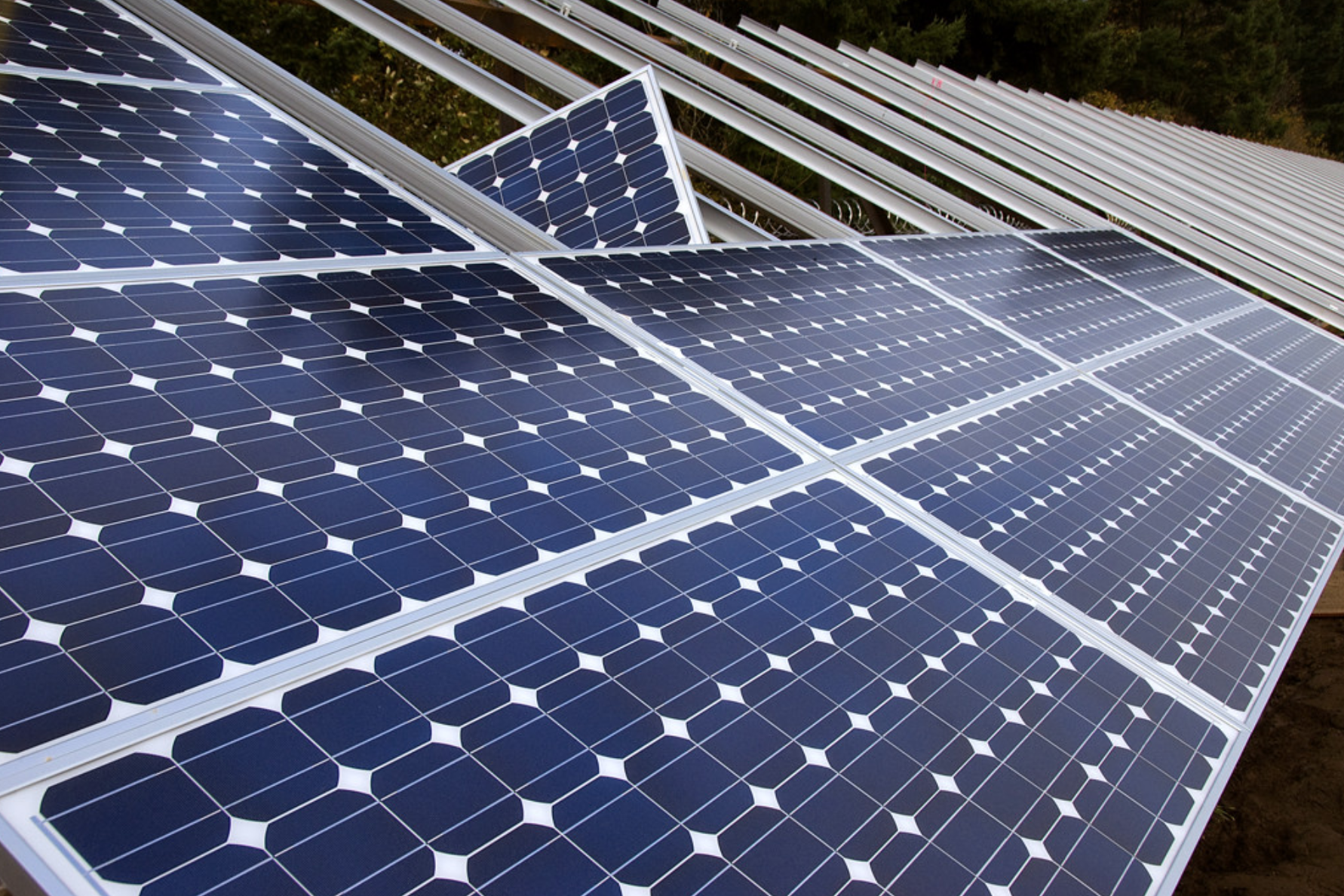The Sun Never Sets on Solar Energy: India and UK to Announce Global Solar Grid Project Ahead of COP26
Courtesy of Flickr
India and the UK will unveil a joint project focusing on the development of a global, interconnected solar grid at COP26, the sweeping UN climate summit that kicked off on October 31 in Glasgow.
This proposal, dubbed the Green Grids Initiative One Sun One World One Grid (GGI-OSOWOG), aims to confront the tricky obstacles of solar energy consistency and storage by linking solar power generation across the world. This way, even as night falls on Asia, it can still count on solar energy diverted from Europe, which would be enjoying broad daylight.
As the first initiative that sets its sight upon creating a global solar grid, OSOWOG seeks to pull together a “coalition of the willing” that is expected to snowball over time. “The number of willing countries will keep on increasing… as costs lower and certainties become higher,” said Ajay Mathur, the director general of the International Solar Alliance (ISA).
The ISA is the India-led institution uniting 98 solar-rich countries that is spearheading OSOWOG. Having just concluded its fourth assembly, the ISA is heading into COP26 while bolstered by the momentum of a $1 trillion partnership with Bloomberg Philanthropies, as well as ambitious deliberations over a $1 trillion Solar Investment Roadmap for 2030.
In many ways, the ISA’s latest undertaking aligns with India’s interest in renewable energy leadership, its growing geopolitical appetite, and its desire to create a counterweight against China’s Belt and Road Initiative (which promotes a China-led network of energy infrastructure). Indeed, OSOWOG puts forth a decidedly India-centric vision dividing the future of solar into three zones. Specifically, South Asia sits at the center, flanked by the “Far East” (i.e. Southeast Asia) and the “Far West” (i.e. the Middle East and Europe).
Of course, this global solar grid initiative may be far from foolproof. According to electricity policy expert Ashwini Swain, “the merit of cheap solar” may be offset by the cost to shuttle around electricity across continents via underwater cables.
Moreover, the actual implementation of OSOWOG may be slowed down by the lack of institutional rigor underlying the initiative.
“For any country to sign up for the global grid, they have to be comfortable in the institutional rules that are being proposed,” said Aditya Pillai of the Center for Policy Research. “They have to know … that disputes will be resolved, that electricity would be sold at fair and transparent prices. If you are going to cede some authority or control to a supranational power, you have to be comfortable with it.”
Indeed, India’s domestic electrification remains incomplete, and prospects of connecting the solar energy grid between India and the “Far West” could be riddled with uncertainty given hostile and dysfunctional neighbors, namely Pakistan and Afghanistan.
Cost of different sources of energy; the future of solar is looking bright (Courtesy of Wikimedia Commons)
Even though OSOWOG’s vision may be aggressive and obstacles may be plenty, the ISA’s Ajay Mathur has reasons to be optimistic, as estimates show that the cost of solar may be on par with conventional non-renewables within three years. In this sense, as the world heads into the uncertainty-filled COP26, it can count on a global solar grid as a powerful deterrent to climate change.


